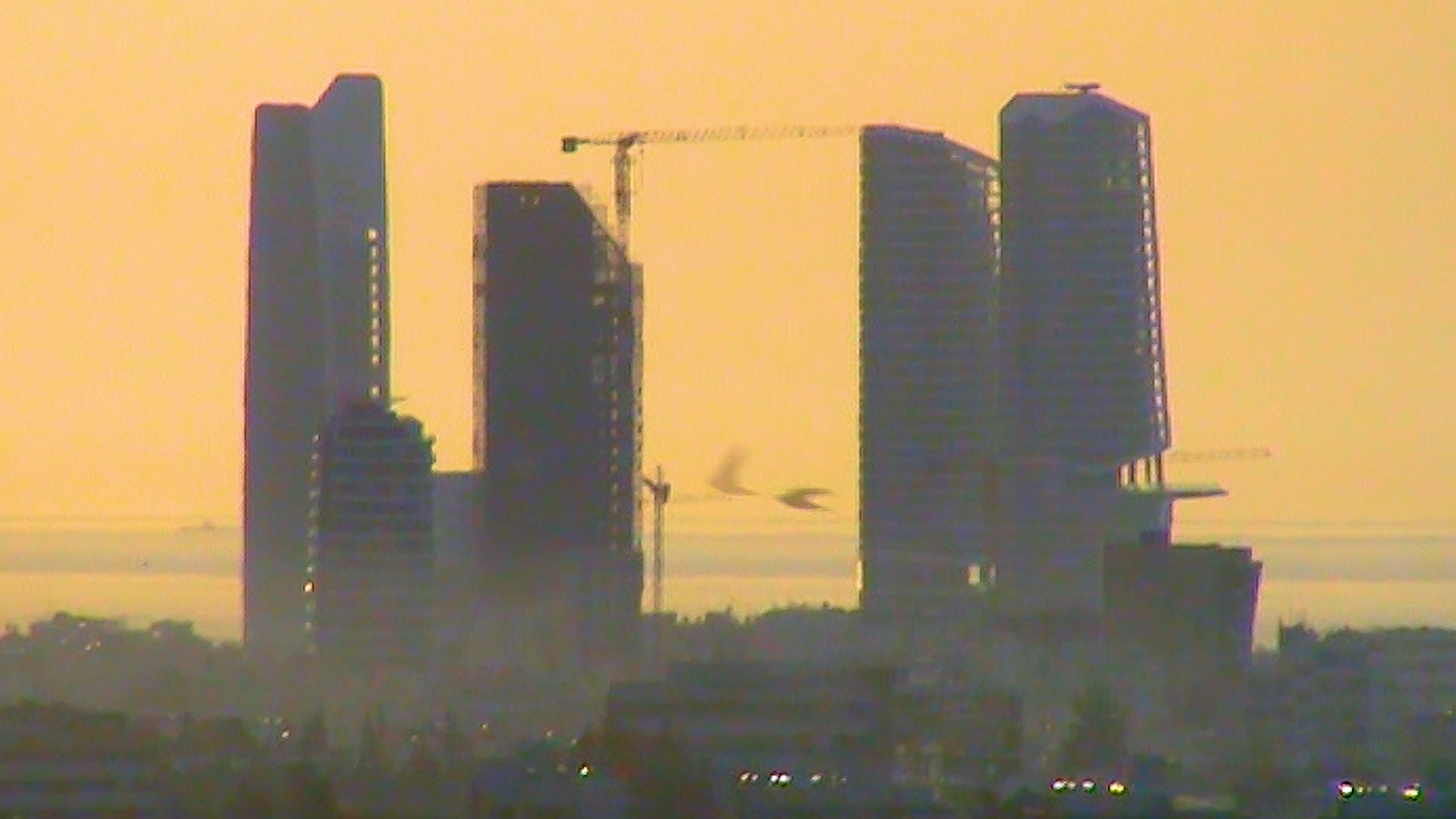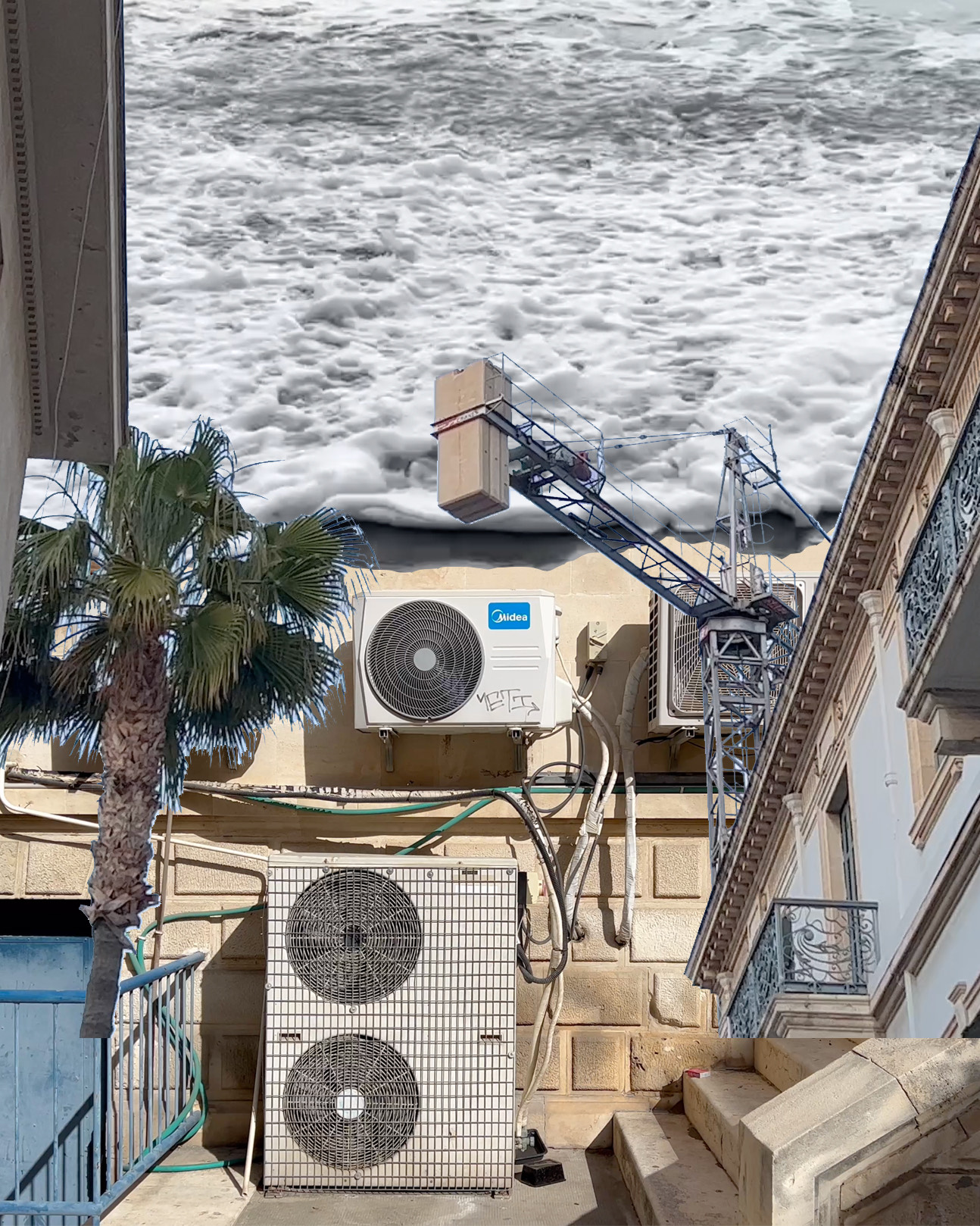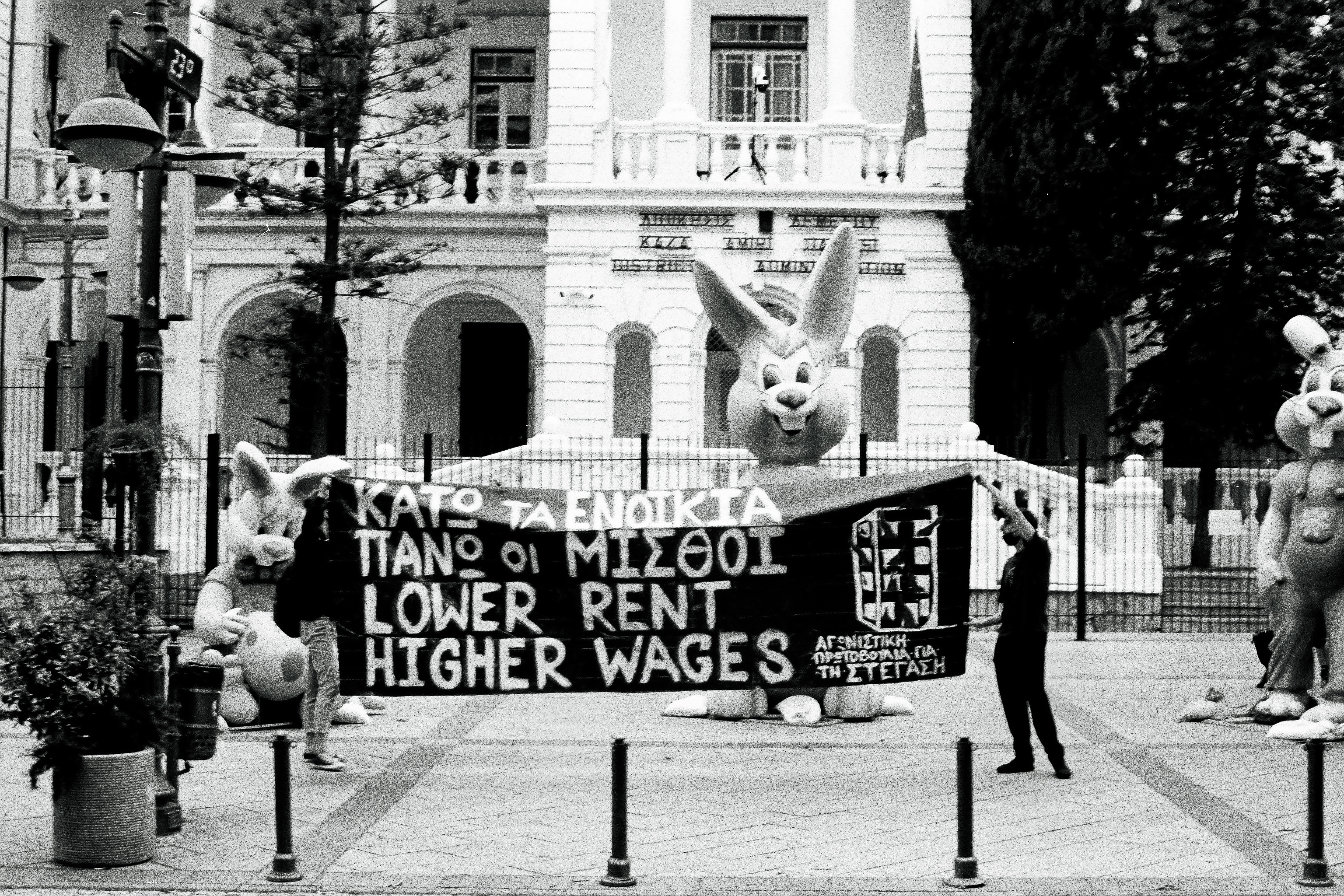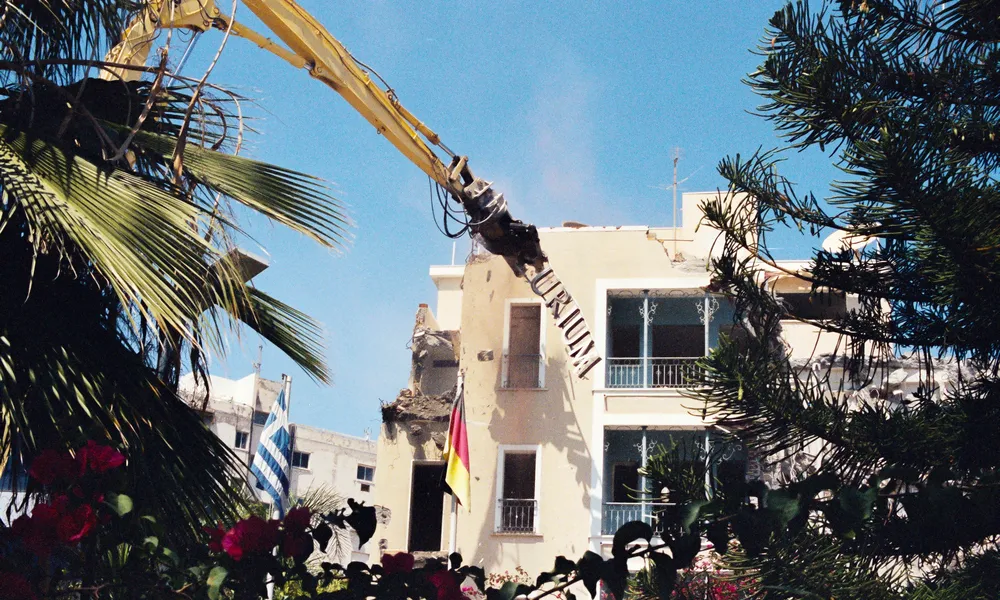When Androula Kafa first moved back to Limassol after her studies in 2017, the city was changing, but slowly. By the time she left in 2023, it had become almost unrecognisable.
“I moved five times in six years,” she recalls. “Every time for the same reason; rent hikes, renovations, noise, and pressure. It wasn’t just financial, it was psychological. You feel displaced over and over again.”
Her experience mirrors that of countless others’ across Cyprus’ coastal city, where luxury towers now punctuate the skyline and familiar neighbourhoods have become unaffordable even for those who built their identity there. Yet, for Kafa, an artist and curator, this personal dislocation has evolved into collective action.
This month, she curates The Right to Home: Diaries of Limassol’s Gentrification, a multi-layered art programme and exhibition presented by The Island Club as part of the Art Explora Festival and Limassol Art Walks. The project brings together nearly twenty artists, academics, and community members to address a single question: what does it mean to belong in a city that is slipping away from its people?

A city in transition and tension
The exhibition unfolds across two emblematic spaces, the EKA Group parking and Synergeio Performing Arts Centre, bridging Limassol’s industrial past with its creative present.
At its core lies a collective documentation effort: artworks, performances, and discussions that map the emotional and material violence of gentrification. “We’re building an archive of this transition,” Kafa explains. “Limassol has changed so fast that people are still catching their breath. But artists, migrants, and other vulnerable groups have been living this violence for years.”
Kafa and her peers, most in their late twenties and early thirties, developed the project organically through conversation about their shared struggles. “There’s talk about development everywhere, but rarely about who gets left out,” she says. “We want this project to enrich public dialogue, to make terms like gentrification part of our everyday vocabulary.”

The violence of progress
Limassol’s transformation is often told as a success story of foreign investment, business migration, and a ‘modern’ Mediterranean lifestyle. But behind the glass façades and rising rents lies a city of widening inequality.
“For many of us, this wasn’t progress, it was eviction,” Kafa says. “You see neighbours leaving, families panicking, artists shutting down studios. Independent art spaces and small collectives survive under constant threat. Everyone’s asking: ‘When’s my turn?’”
The exhibition seeks to counter this sanitised narrative of development. By blending sculpture, painting, photography, installation, video, music, performance, and public dialogue, The Right to Home exposes the social cost of urban renewal while offering glimpses of resistance. Participating artists include Phivos Philitas, whose photographs trace Limassol’s changing face; Koullou|Makka, exploring accessibility and urban poetry; and Aggela Ioannidou, leading a night of community poetry under the title Trapped in Wordscapes and Staged Territories.
Reclaiming the conversation
Beyond documentation, the project calls for empathy and dialogue. Kafa stresses the need to bridge understanding between long-time residents and newer arrivals. “We often end up arguing among ourselves,” she says. “But the real challenge is coexistence: how can newcomers learn what this city was before, and how can we all live here with mutual respect?”
Equally important, she adds, is confronting the neo-colonial rhetoric that often accompanies investment-driven change. “It’s painful to hear people who arrived here very recently claim that Limassol had no cultural scene before them. That erases decades of local work and struggle.”

Through talks, film screenings, workshops, and concerts, The Right to Home seeks to transform frustration into dialogue, and dialogue into hope. An open discussion on November 1st invites both locals and new residents to share experiences of belonging and loss, while the final live concert, featuring local underground musicians Something Messy, MUSHA, Mava, ΚαππαΧι and Nnocxela closes the programme in celebration rather than mourning.
Holding on, together
Despite the hardship, Kafa insists that what drives the project is not despair, but endurance. “It’s about holding on,” she says. “We believe in this city. We want to celebrate its resilience, its people, its art, its love.”
The Right to Home hopes to be a reminder that cities are more than property markets, they are living organisms sustained by memory, solidarity, and resistance. As gentrification continues to redraw the map, these artists refuse to be written out of it.
